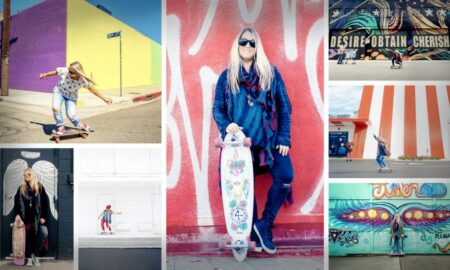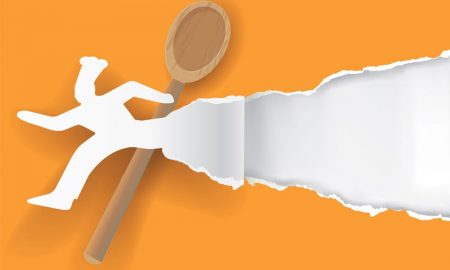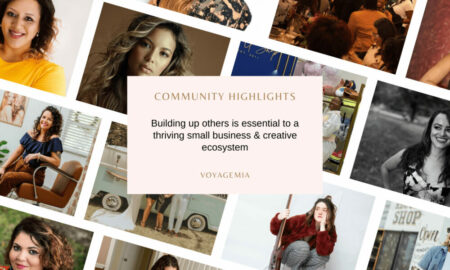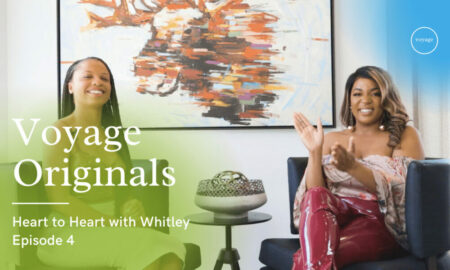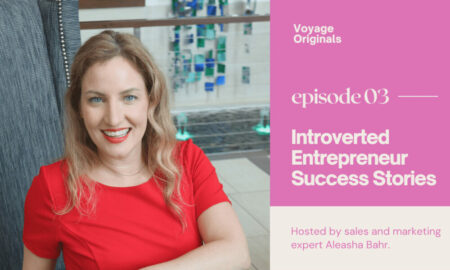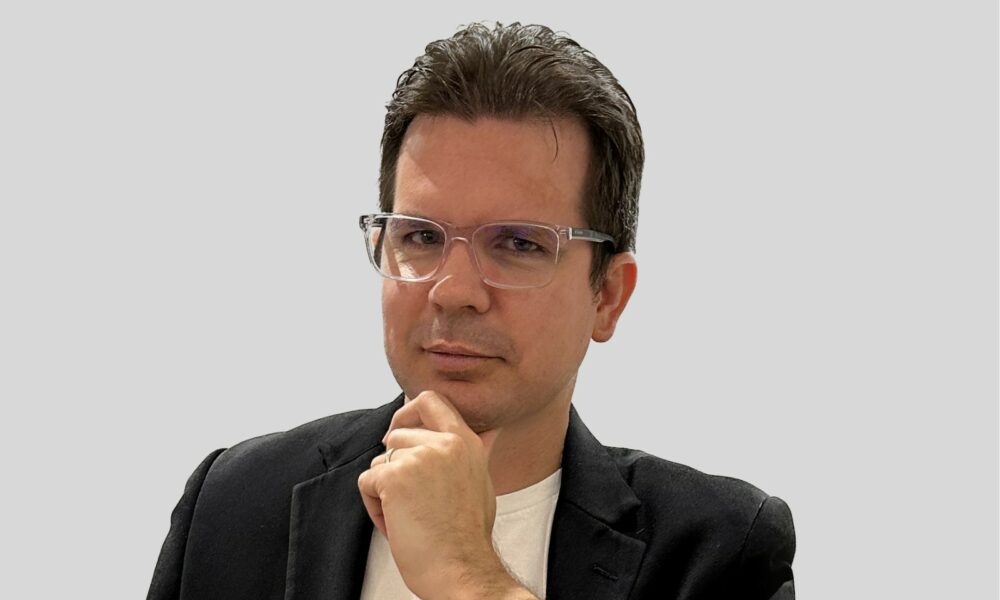

Today we’d like to introduce you to Alberto Puerto.
Hi Alberto, can you start by introducing yourself? We’d love to learn more about how you got to where you are today.
My endeavors in music are largely the result of my changing circumstances, of the need to expatriate and repatriate twice by the age of 30, and of the influence of many currents of music on my expression as a classically trained musician.
As a guitarist classically trained in Cuba, my paradigm was to work constantly on the development of my expressiveness and communication through a formative system of high expectations and to hold fast to a vision of my art from a traditional framework. The art of interpreting music from the classical guitar was ingrained with that firm outlook, where the focus was on the instrument itself and on virtuosity as a means of connecting with audiences.
Personally, my story diverged tremendously from this path and became a gateway for increasing access to the classical guitar and to musical fusion. Arriving in Bolivia in 2011, I began to collaborate with artists from all genres, from Classical European Baroque to popular Latin American musicians, and I became interested in what the future of the classical guitar could become through these interactions, especially as these moved through the digital space.
I think the process of acquiring information to make a musical fusion happen is key, and that successful musical discourse can be achieved with the ideal placement of elements. Also, there is a need to reshape the imaginary boundary between the classical performer and the contemporary audience both in the digital sphere and in person, and the right elements can lead audiences of many demographics to the enjoyment of what is generally known as classical music.
Arriving in Miami, Florida only confirmed this need to reimagine and revitalize the classical guitar for the 21st century. Miami is a hub of visual arts activity, and I was immediately impacted by this community. During my second year as a resident here, I composed music for contemporary Cuban-American painter Arturo Rodriguez when I encountered his work at a local art gallery. My involvement with the visual arts community through friendships and collaborations has converted Miami into a home for me over the past 4 years.
Indeed, my interaction with the Cuban-American diaspora residing in Miami had a striking impact on me as a creator. On playing a classical concert at a local Cuban-American gallery, I was inspired to reimagine the various genres of Cuban music and to attempt to adapt the largest range of these genres for the classical guitar, a project that had not been attempted previously.
The release of this project, “The Great Cuban Suite” brought about even greater conversations with the global Cuban diaspora, helping me to soften the boundary between the classical guitar and its audience, increasing both audience access to this music and my reach as a classical performer.
Overall, I would like to continue to create quality artistic products that challenge the range of the classical guitar, incorporate technology and digital spaces, and make the classical guitar more accessible through my continual collaborations as a Miami-based artist.
We all face challenges, but would you describe it as a relatively smooth road?
There is no easy road in any 21st-century field, and music is certainly no exception.
I have struggled with establishing myself in a new country twice, with new cities, new collaborators, and a new language, and I continue to find myself constantly balancing my artistic vision with the immediate economic needs we all face, and the role I play as an educator with my private students.
Yet there is no doubt in my mind that artists, in particular, enjoy a challenge.
As you know, we’re big fans of you and your work. For our readers who might not be as familiar what can you tell them about what you do?
Since last October, I have continued to work on my second recording album project that surveys various genres of popular Latin American music, and I have completed 7 of the 10 arrangements for the album so far. Since the collaborations for the project began, there have been some changes to my vision of the overall nature of the recording. Originally the pieces were going to be arranged for a lyrical voice, but the process has taught me that incorporating a few different vocal styles would probably be more suitable for this project.
Most of last Fall was spent re-envisioning the project and researching each musical genre in detail, and I spent a good deal of time reconsidering the range of vocal styles that would make sense for the overall work. I have widened my thinking on these styles toward a more Latin jazz-oriented focus, and I have been speaking to a few different singers and instrumentalists who are interested in collaborating on the recording. I am planning to spend the bulk of the summer working with the musicians for this album, and at this point, I am hoping to have the album recorded by the end of 2023.
This project will demonstrate a lot of what makes my work unique, where I am looking to reinterpret the role of the classical guitar in collaboration with a wide variety of Latin American musical styles without losing the character of the instrument and its roots.
This past Spring, I had the opportunity to present portions of my album The Great Cuban Suite at Books and Books in Coral Gables with percussionist Otto Santana. In this concert, we also premiered some of the arrangements from the new album with cellist Yamile Pedro and guest singer Sory Perez.
This “tasting” from the album seemed to resonate with the audience and I have developed a broader project that will be performed on September 15th at Cernuda Arte Gallery in Coral Gables. My work hones in on how the classical guitar can converse with a wide variety of styles while retaining its unique history and identity.
Is there any advice you’d like to share with our readers who might just be starting?
Musical leadership, like any other form of leadership, depends heavily on vision. Try to find the right allies, the people who understand your work and your vision.
Creating projects isn’t about micromanaging others, it’s about keeping talented people connected to your vision. In my view, any successful artist today needs a strong and committed team. Stay true to your vision.
Contact Info:
- Website: https://www.albertopuerto.com/
- Instagram: https://www.instagram.com/puertoguitar/?hl=en
- Facebook: https://www.facebook.com/alberto.puerto.391
- Linkedin: https://www.linkedin.com/in/alberto-puerto-b0968076/
- Youtube: https://www.youtube.com/channel/UCmRpHmBFpQJM6BD5_V1DlpQ
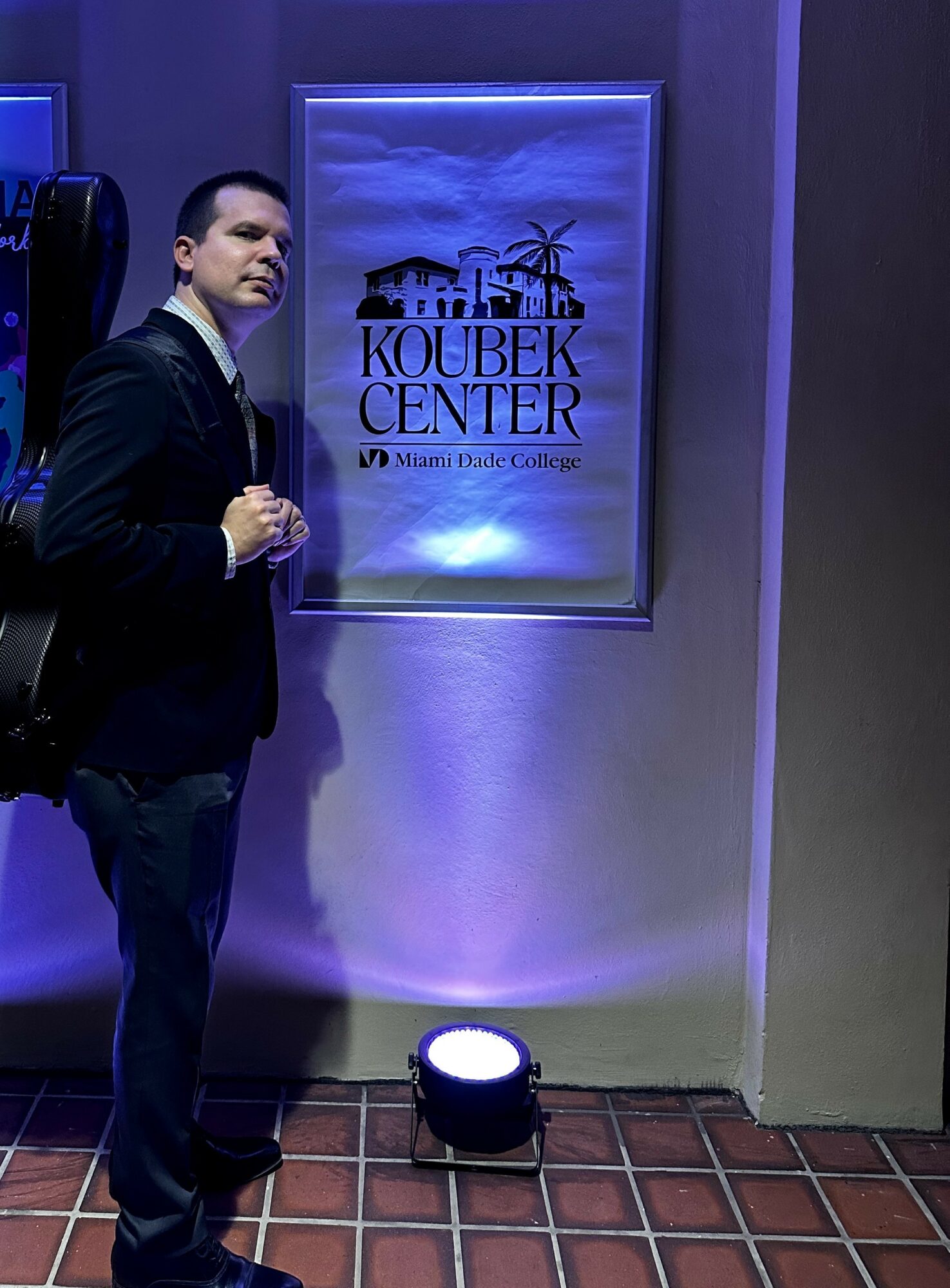
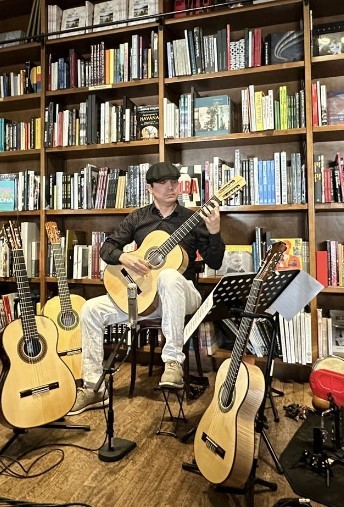
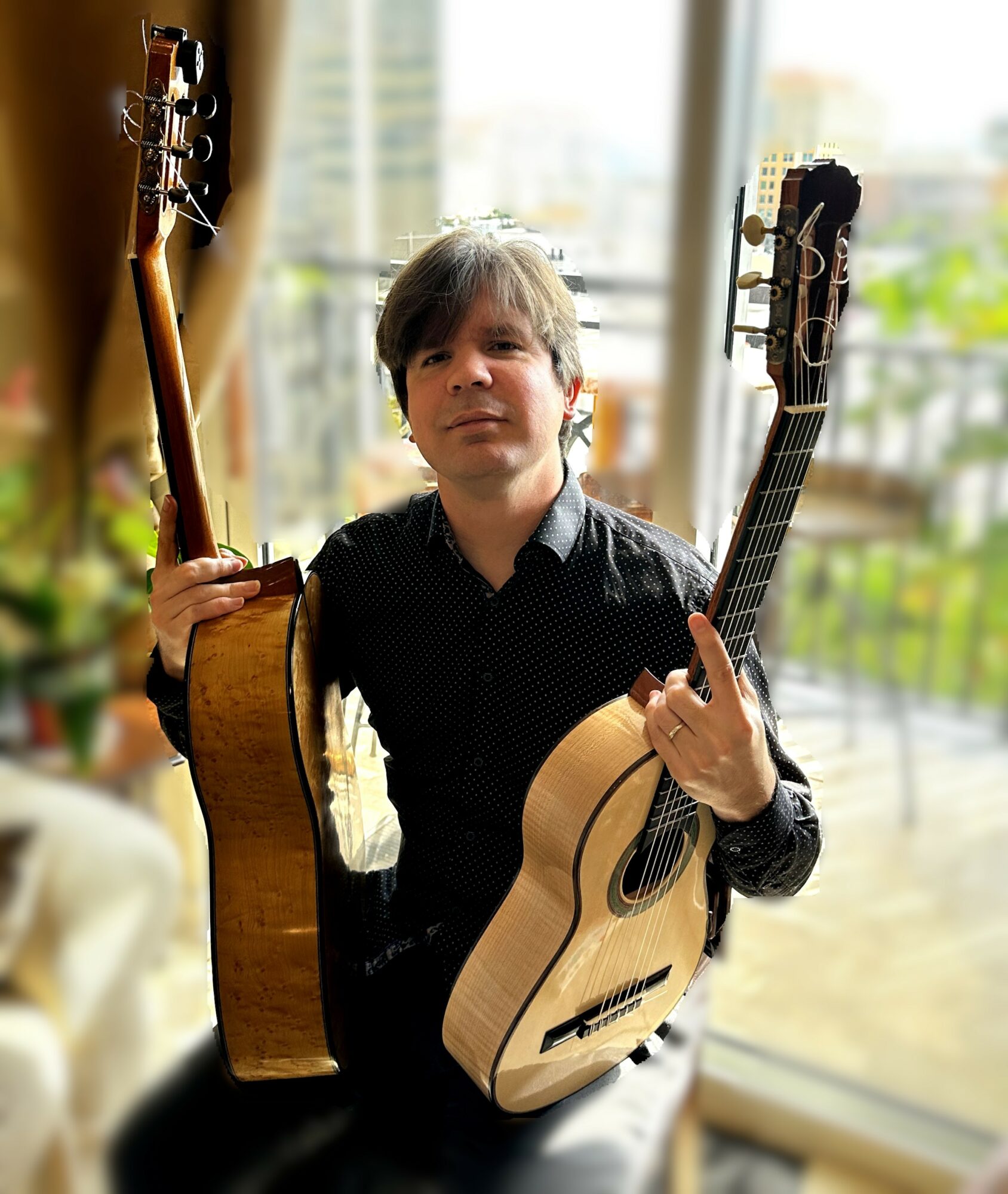
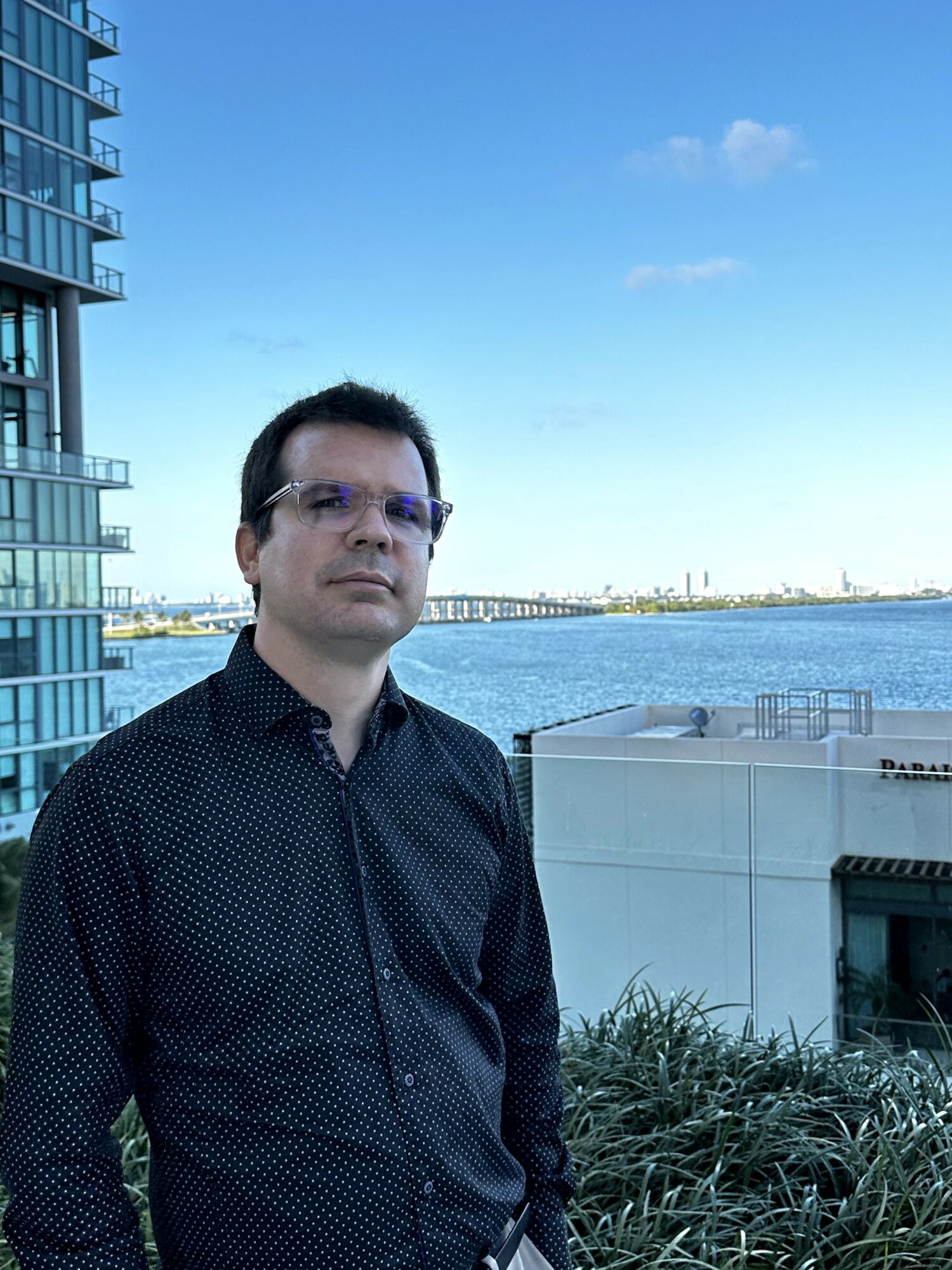
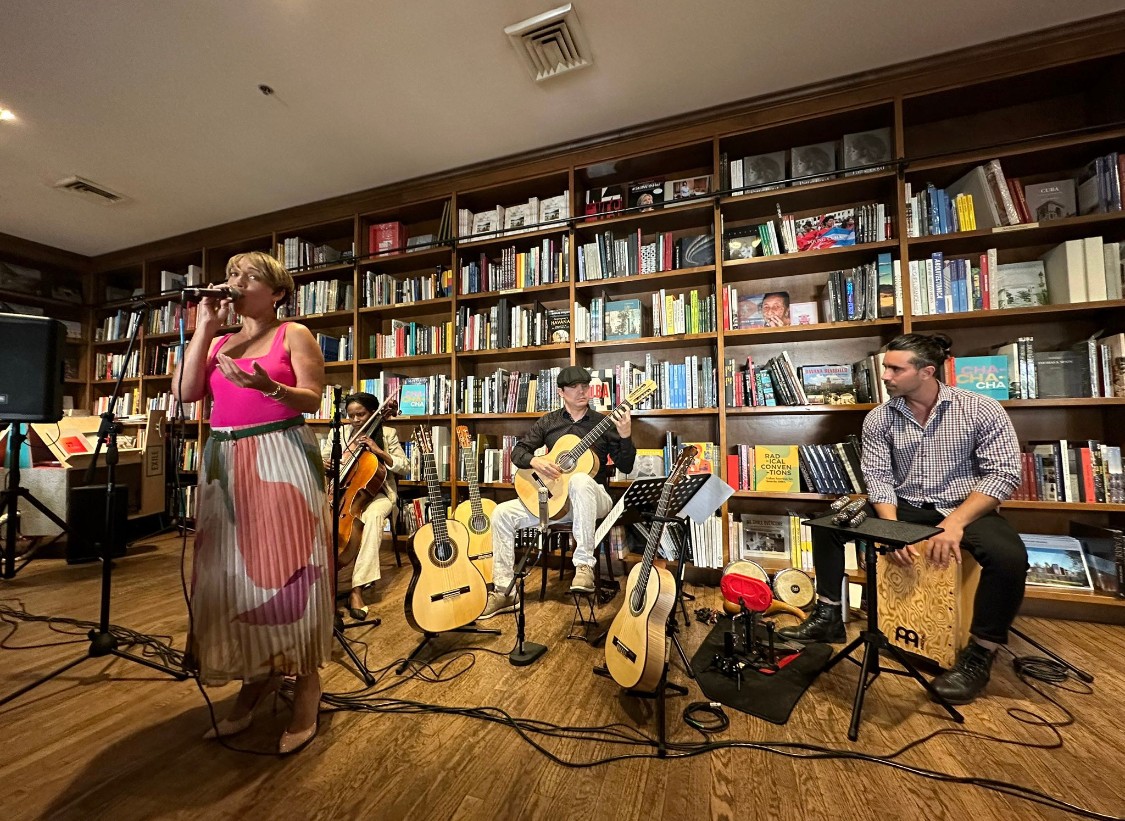
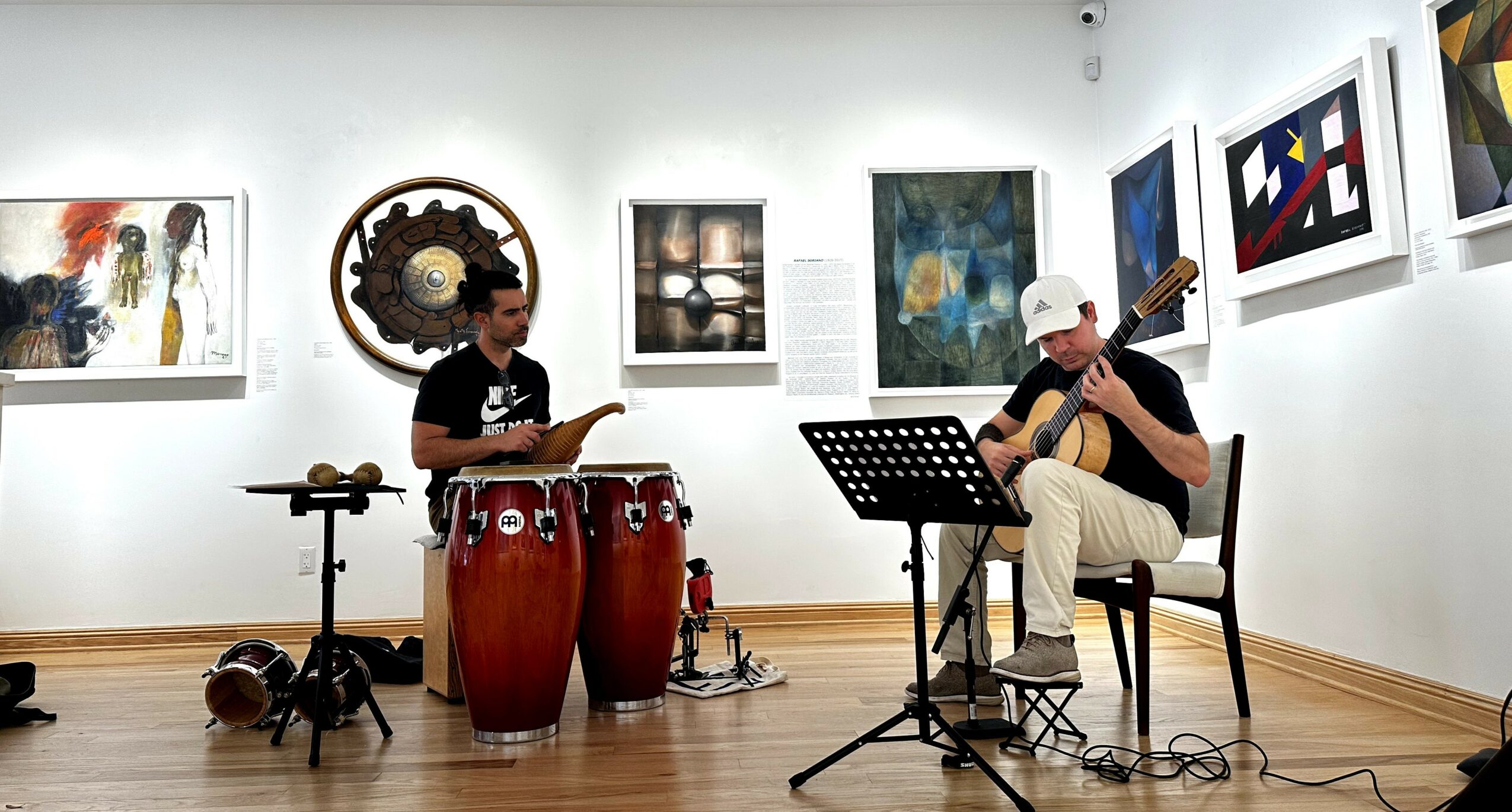 Image Credits
Image Credits
Aleli Egues and Gined Lopez Ganem


